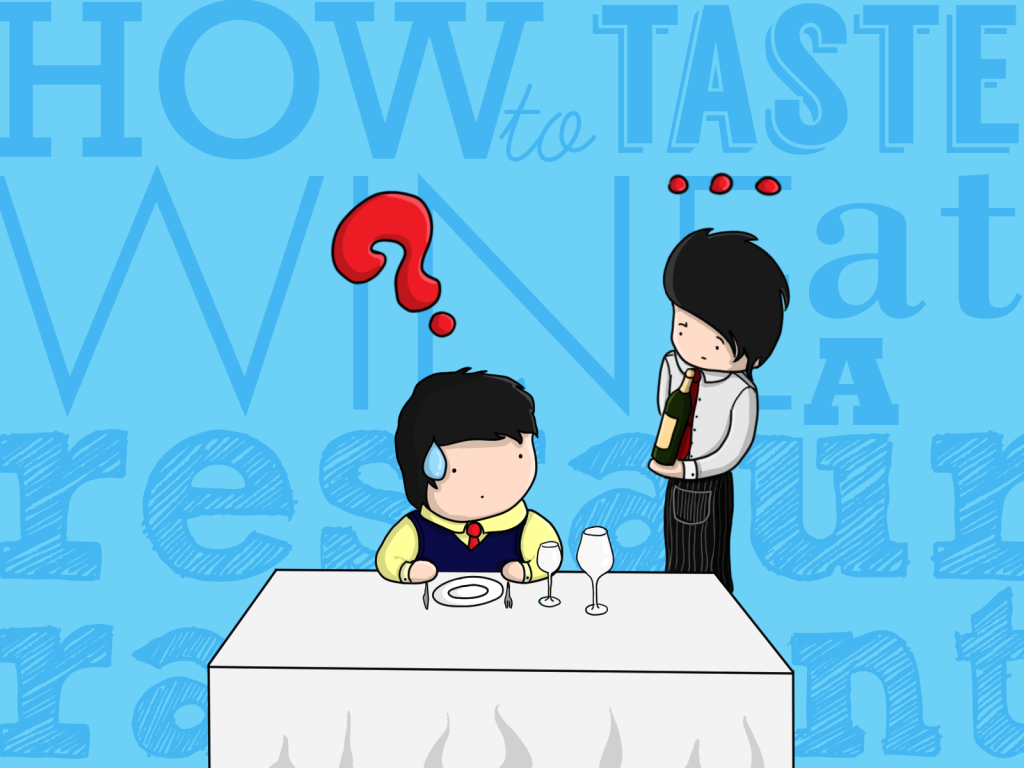One of the most intimidating moments for wine newbies is when you order the wine and the wine steward brings it, asking you to taste it and approve or not. Most of the people do random stuff but they don’t really know what they are supposed to do. Follow our guide to look like a pro even if you know nothing!
- With proper deference to the nobility of whatever bottle you ordered, the wine steward will present the unopened bottle to you for inspection, so that you can be assured that this is truly the wine you ordered. This means you must keep a reasonable fac-simile of the actual name of the wine and the vintage in your memory long enough to verify that this is, indeed, the very wine you ordered. If you aren’t sure that this is what you ordered, ask to see the wine list again. Compare what’s printed in the wine list to what you see in front of you. Don’t worry about making a fool of yourself. Your guests will be impressed by your knowledge anyway. When you’re sure that the label matches what you ordered, you may also feel the bottle to see if it’s the right temperature. Unless your white wine is warm or your red is too chilled, this is usually a minor issue.
- The sommelier will extract the cork from the bottle and offer it to you. You will take the cork and give it a thoughtful, but not too long, inspection. Better wines will have the winery name, and sometimes the vintage – year – on the cork. If marked, the cork should mirror what’s on the label. Not all corks are marked. You should inspect the cork for any evidence that the seal was broken. A excessively dry cork allows the air to enter the bottle, as does a rotten cork that is wet and slimy. A very badly deteriorated cork has unpleasant smell. This is rare, but it does happen.
- If you indicate that everything seems to be well with the cork, the wine steward will pour a small amount of wine into your glass and step back. This is your signal to take a sniff to check the aroma of the wine, and to swirl the wine in your glass – with the purpose of mixing it with some air – before taking a considered sip. If the wine doesn’t smell or taste right to you, this is the time to speak up. The sommelier won’t argue with you. He will either bring another bottle or he will suggest that perhaps you would prefer to choose another wine. Whichever decision you make, when the new bottle arrives you start the whole thing all over again.
- If the wine smells like you think it should, and if it tastes fine, then you nod gravely to the sommelier, who will then proceed to fill your guests’ glasses before filling yours. At this point the ceremony is complete and you may relax and enjoy the rest of your dinner.
We hope this short guide will be useful and help you to better enjoy your wine and dinner!
Cheers!



 0
0
